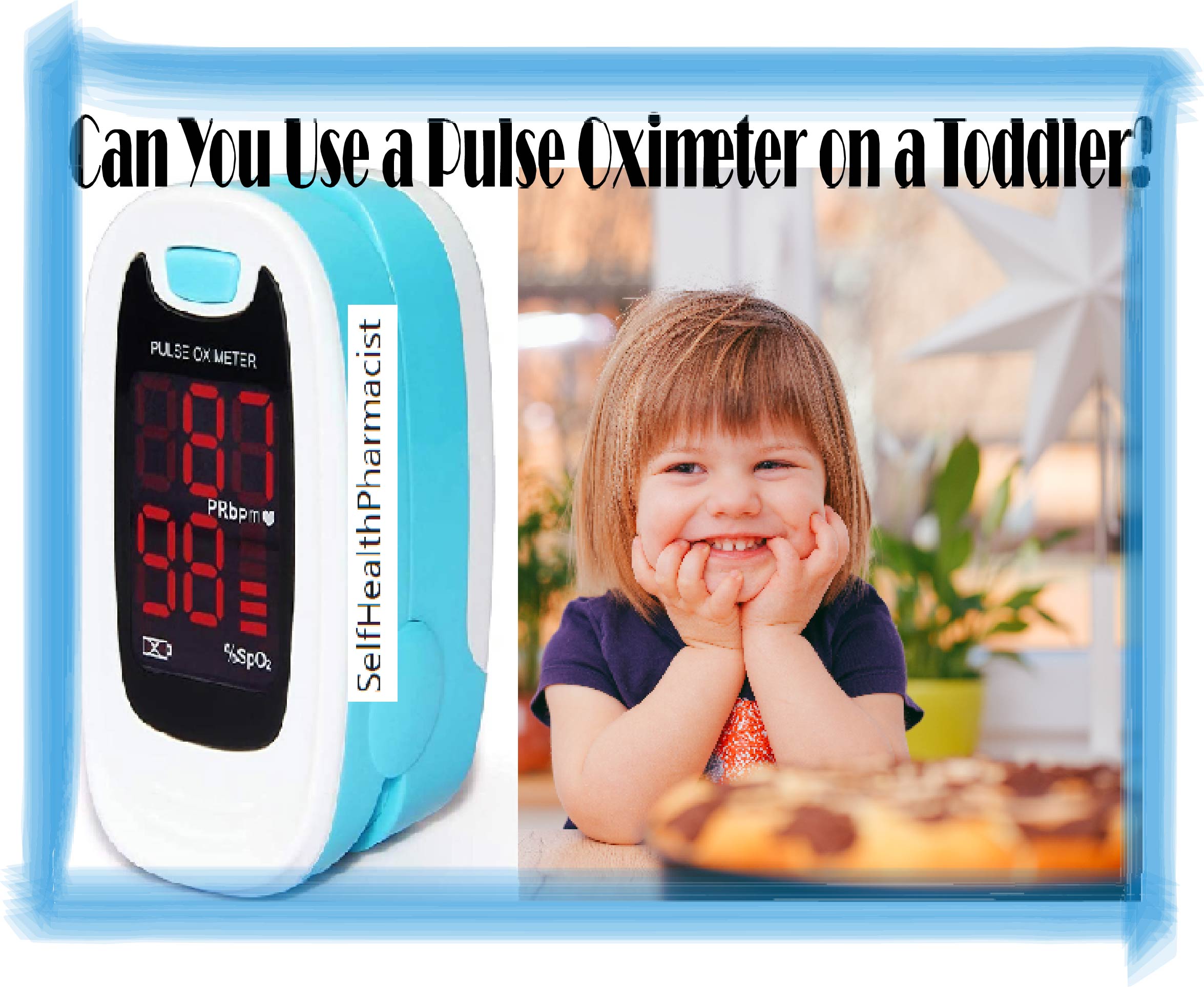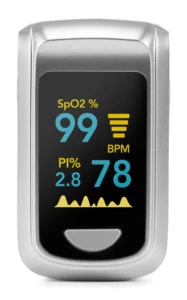Not a single living creature can live without oxygen, and if it is not enough, then depletion occurs, which leads to diseases and even death.
In order to measure the level of oxygen in a person’s blood, special medical devices are used – pulse oximeters.
The device is attached to the finger of the hand, and its display shows data indicating whether there is enough oxygen.
Do you know which adult pulse oximeter can give you the most accurate measurements?Pay attention to the best pulse oximeter in the market:Oxiline Pulse X Pro is currently the best fingertip pulse oximeter on the market with the easiest adjustment to your smartphone.
It can measure your Saturation Measurements and Perfusion Index in several seconds with 99% accuracy!
It can be used by both professional specialists and ordinary users at home. The latch fits snugly to the finger and does not move out during operation.The gadget consumes a minimum of energy, so it does not require frequent replacement of batteries.
Table of Contents
Is pulse oximeter Safe for Babies?
All pulse oximeters are safe, painless and show fast results that can be used without taking blood from the patient.
There are also models that are available in pocket sizes.
There are devices that can record measurement data, as well as measurement devices. Recordings can be viewed externally on the device’s own screen or by connecting to a computer.
On the other hand, pulse oximeters that can be connected to the Internet can record measurement data on a server.
Thus, you can access all records anytime and anywhere.
In most modern devices, a saturation level check is provided for patients of any age.
Before buying, you need to pay attention to the calculated parameters, what the device can measure, the type of sensor, and additional features.

Can You Use a Pulse Oximeter on a Toddler?
Many manufacturers do not recommend using adult pulse oximeters for children because the user will receive reliable information on the screen of the device.
The fact is that it is not always possible to fix the device on a child’s finger.
The saturation level is measured in a child in a very simple way: they put a “clothespin” on a finger, press a button that activates the device.
After a few seconds, the display will show information about the concentration of oxygen in the blood as a percentage, the pulse rate.
Usually, there are children’s models of pulse oximeters.
Children’s pulse oximeters are devices for determining the level of oxygen in the arterial blood of a child and are used in pediatrics.
To obtain the most reliable indication for children , the length of the finger on which the device is fixed should exceed 3.5 cm, and the thickness should be 1 cm.
Devices for measuring the level of saturation are needed in children in the treatment of the cardiovascular system, bronchi and lungs, in babies with circulatory problems and breathing.
It is important to prevent the development of oxygen starvation of tissues and organs.
There are appliances for home use.
Children’s models differ from adult devices in the following ways:
- Small size;
- Lightweight – 50-60 grams with batteries;
- Visual and sound indication in case of incorrect installation of the device;
- There is an automatic shutdown timer if the device is inactive for more than 8 seconds;
- The display shows a graph of the pulse wave.
What is a Normal Pulse Ox For a 2 Year Old?
Normally, children’s saturation should be over 95%.
At a value below this indicator, there is a problem in the form of hypoxia.
If in adults the number of heartbeats at rest is 60-90 beats per minute, then in children there are age norms and at an earlier age the heart rate is higher.
When blood oxygen saturation drops to 90% or less, the load on vital organs – the heart, lungs, and liver – increases.
This condition is very dangerous and requires immediate treatment. In the most severe cases, saturation can drop as low as 70% when the patient is connected to a ventilator.
Hypoxic coma occurs at rates below 60%.
How Do You Check a Toddler’s Oxygen Level?
If a toddler is active, restless, and it is difficult to hold the pulse oximeter at 1 position, you can conduct a study during sleep.
Older children may be interested in design, unusual numbers appearing on the monitor. To switch the attention of the child, you can observe what is happening together, evaluate the results and share impressions.
The principle of operation of a children’s device is similar to an adult.
Consists of several parts:
- A diode that emits illumination;
- Sensor sensitive to light (located on the back of the finger);
- Monitor to display the result.
If a mother has a portable pulse oximeter , she can independently monitor the condition of the child, even if there are no symptoms of diseases.
This device in the house is no less important than a thermometer or a first aid kit.
Benefits of Pulse Oximeters for Toddlers
- At any time, you can measure the pulse rate;
- Saturation in the child’s blood;
- It is not required to regularly visit the laboratory for blood donation for analysis;
- The devices are easy to use;
- They can be used even when the child is sleeping.
Different models are designed for children of different ages.
There are devices for determining the oxygen content in the blood, even in babies weighing less than 2 kg.
When the child is very small and it is not possible to install a clothespin on a finger, the baby’s foot is used for research and this will not affect the accuracy of the measurements.
How to Choose a Right Pulse Oximeter for Toddlers and Not be Mistaken?
The most popular and recommended pulse oximeters for toddlers include devices:
TM Choicemmed (China)
Nonin (USA)
The range allows you to choose the right device for children from infancy to 12 years. These Models are offered, among which there are those that meet your requirements, including your budget.
These Pulse Oximeters are for the client, to whom the cost of a pulse oximeter is important.
They are for home use, compact and inexpensive models, weighing only 50 grams.
FAQ
How Do I Know If My Toddler Has Low Oxygen?
The following symptoms may present:
- Flaring of the wings of the nose when breathing
- Inability to drink or eat (due to respiratory
insufficiency)- Grunting breath
- Impaired consciousness (eg, drowsiness, lethargy)
- Strong retraction of compliant places of the chest
- Respiratory rate per minute ≥ 70
- Nodding movements (head movements synchronous with inhalation,
indicating severe respiratory failure)….What is a Low Oxygen Level for a Toddler?
For Toddler, the rate of saturation is in the range from 93 to 96%.
Thus, an indicator of 98% is an ideal to strive for.
Where Should a Pulse Oximeter Be Placed On a Toddler?
A pediatric pulse oximeter is designed to be placed on a child’s arm or leg (ankle or wrist). Unlike models for adults, which are attached to the finger…




